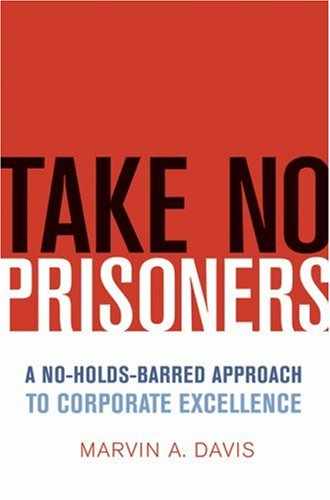I’m a turnaround professional; that is, for the last 30 years I have been advising, operating, and fixing troubled companies. They have ranged in size from a few million in sales to multibillion-dollar companies. They have been public and private, owned by families or by equity funds, but they all have one thing in common: They were all underperforming in some manner.
In 1986 I wrote a book called Turnaround, which was a cookbook full of recipes that a CEO could utilize to fix his or her broken company. As the years progressed, I realized that many companies may not be “in crisis,” yet are performing at suboptimal levels. So this book is a compendium of steps that I have used in real-life situations to drive favorable profitability and cash flow into ailing companies.
People often ask me what the most common problem in troubled companies is, and my response is, “Failure of management to act on changes in the environment.” Or in other words, failure to recognize and act upon eight things:
Changes in technology
Shifts in the marketplace
Changes in marketing techniques
Changes in manufacturing methodology
Changes in the regulatory environment
Changes in the economy
Changes in internal politics
Changes in cost structure
The usual reaction to these changes is small, ineffective modifications to corporate performance followed by sheer panic when the problem becomes so large it can’t be ignored. Ignorance of the event or management’s reluctance to admit it missed a fundamental change in structure causes this behavior. The typical defense I hear is, “We thought the change was temporary and would correct itself over time.”
The truth is that problems tend to become worse over time and corporations need a proactive methodology for identifying and solving problem areas early—before they become major items. In this book I identify these methods; however, the real problem is convincing management to utilize some relatively simple actions to remedy the situation.
One current problem is the cost of oil and energy, which we all know finds itself in the cost of every single aspect of American business. Energy is contained in the materials we buy, the plastics in our ballpoint pens, the cost of making steel, the cost of transporting all the materials we use, the cost of running machinery, and the cost of running air-conditioning. In lieu of a national energy policy, which doesn’t appear to be coming anytime soon, companies must anticipate this problem and mitigate it by taking certain internal steps, from conservation to pricing modifications. I get into specifics in Chapter 10, but every corporation in the United States needs to recognize the problem along with specific steps to take now.
In order to utilize this book properly, one must have an open mind and a willingness to drive the process. We often say in the turnaround process that time is our enemy, but actually our enemy is inertia. I hope my series of ideas will assist you in driving your organization to ever-higher levels of profitability.
